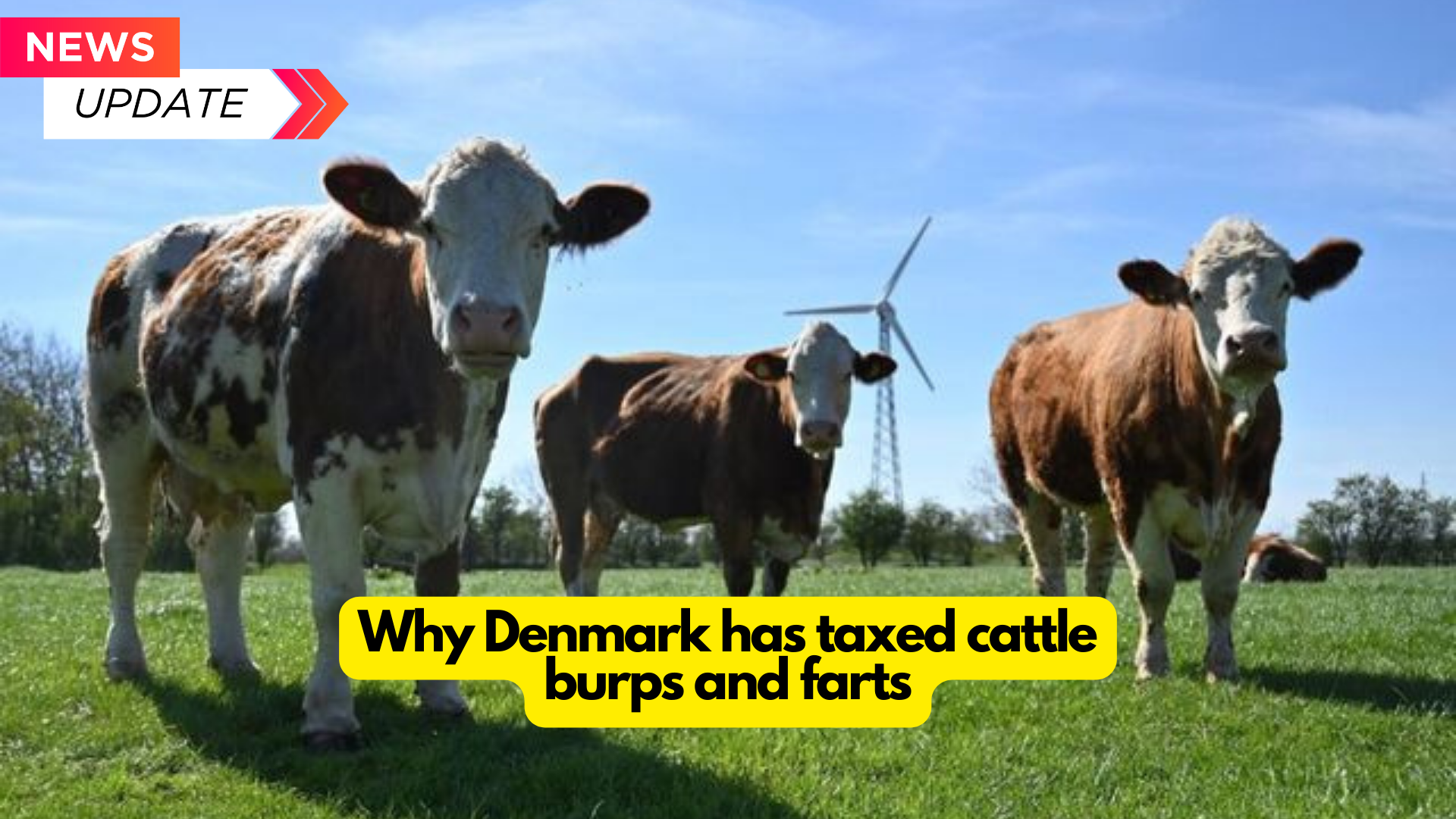Table of Contents
ToggleDenmark will charge livestock producers for greenhouse gases (GHGs) created by their cows, sheep, and pigs beginning in 2030.
The cattle sector is a key producer of methane, a strong greenhouse gas that contributes to global warming, and the tax attempts to curb its emissions.
The government expects that the tax, which has yet to be adopted by the Danish parliament, will help it accomplish its aim of reducing GHG emissions by 70% from 1990 levels by 2030.
Here’s an overview of the tax and how livestock affect climate change.
What is the tax?
According to the idea, farmers would pay around $43 for every metric ton of CO2 equivalent produced by their cattle. The tax would rise to about $108 by 2035. “However, because of an income tax deduction of 60%, the actual cost per ton will start at 120 kroner ($17.3) and increase to 300 kroner [$43] by 2035,” according to an Associated Press story.
The money collected through the proposed tax between 2030 and 2031 will be given to the sector to help it transition to a greener future, with the handling of earnings reconsidered in 2032. The initiative also calls for the creation of about 600,000 acres of additional forest areas, among other things.

How can cattle and sheep make methane?
Ruminant species are herbivores with hooves that graze or browse on cud. Ruminants, which include cows, sheep, goats, and buffaloes, have a unique digestive tract that allows them to break down and digest foods that non-ruminant animals cannot.
Ruminant animals’ stomachs include four compartments, one of which, the rumen, allows them to hold partly digested food and ferment it. This partially digested and fermented meal is regurgitated by the animals, who chew it again to complete the digestive process.
However, as grass and other plants digest in the rumen, they produce methane. Ruminant animals, such as cows and sheep, emit methane mostly by burping and farting.
Given the enormous number of cattle and sheep on dairy farms, these emissions are considerable. It is estimated that the ruminant digestive system accounts for 27% of all human-caused methane emissions.

Why are methane emissions an issue?
Methane is one of the primary causes of climate change, accounting for 30% of warming since preindustrial times, second only to carbon dioxide. According to United Nations Environment Programme research, methane is 80 times more effective than carbon dioxide in terms of warming over a 20-year period.
It is also the principal cause of ground-level ozone, a colorless and very unpleasant gas that develops just above the Earth’s surface. According to 2022 research, exposure to ground-level ozone might be responsible for 1 million premature deaths annually.

Several studies have found that the amount of methane in the atmosphere has increased significantly in recent years. In 2022, the US National Oceanic and Atmospheric Administration (NOAA) reported that atmospheric methane levels increased by 17 parts per billion in 2021, breaking the previous record set in 2020.
“While carbon dioxide remains in the atmosphere for much longer than methane, methane is roughly 25 times more powerful at trapping heat in the atmosphere and has an important short-term influence on the rate of climate change,” a UN report stated.



